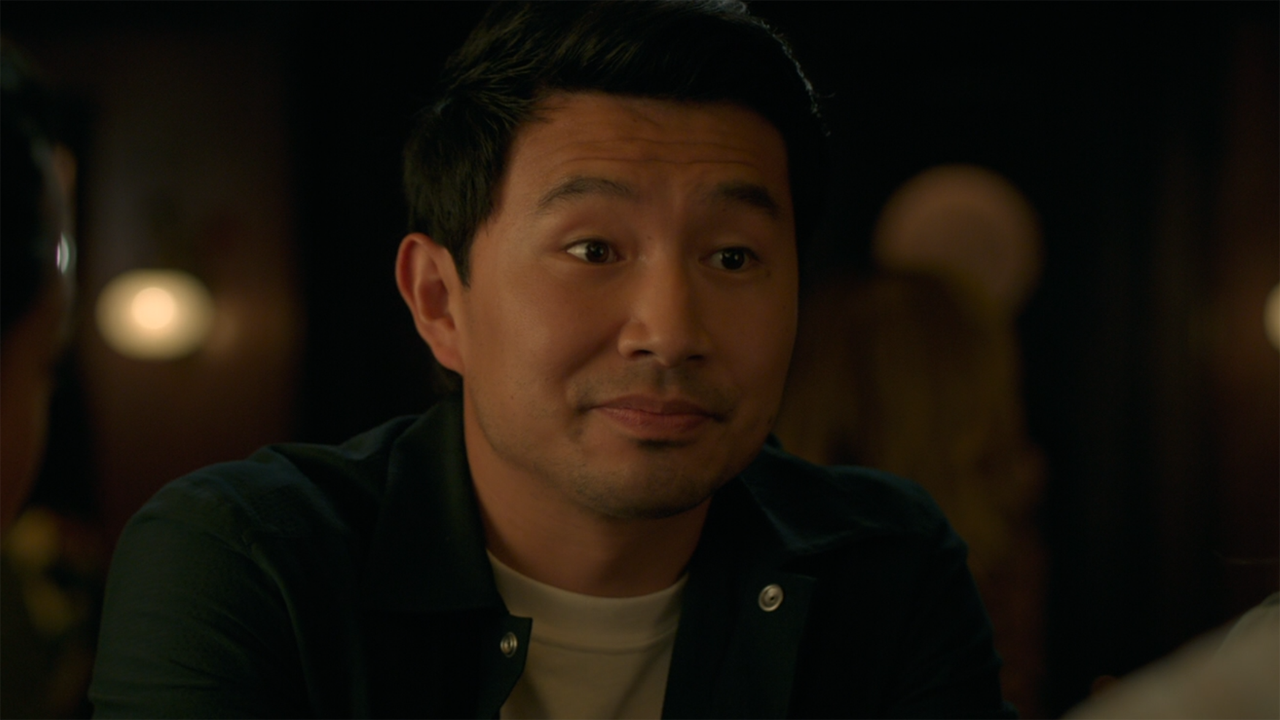Reviews
Latest Reviews

After The Hunt Review: An Exceptional Julia Roberts Performance Cannot Save This Muddled Academia Drama
By Sarah El-Mahmoud published
The thesis needed more refining.

Tron: Ares Review: Radically Empty Spectacle... But At Least It's Very Pretty
By Eric Eisenberg published
And at least the Nine Inch Nails soundtrack is incredible.

Anemone Review: Daniel Day-Lewis’ Return Is Dark Powerful, And Profound
By Eric Eisenberg published
The legendary actor makes his return after eight years away from the screen.
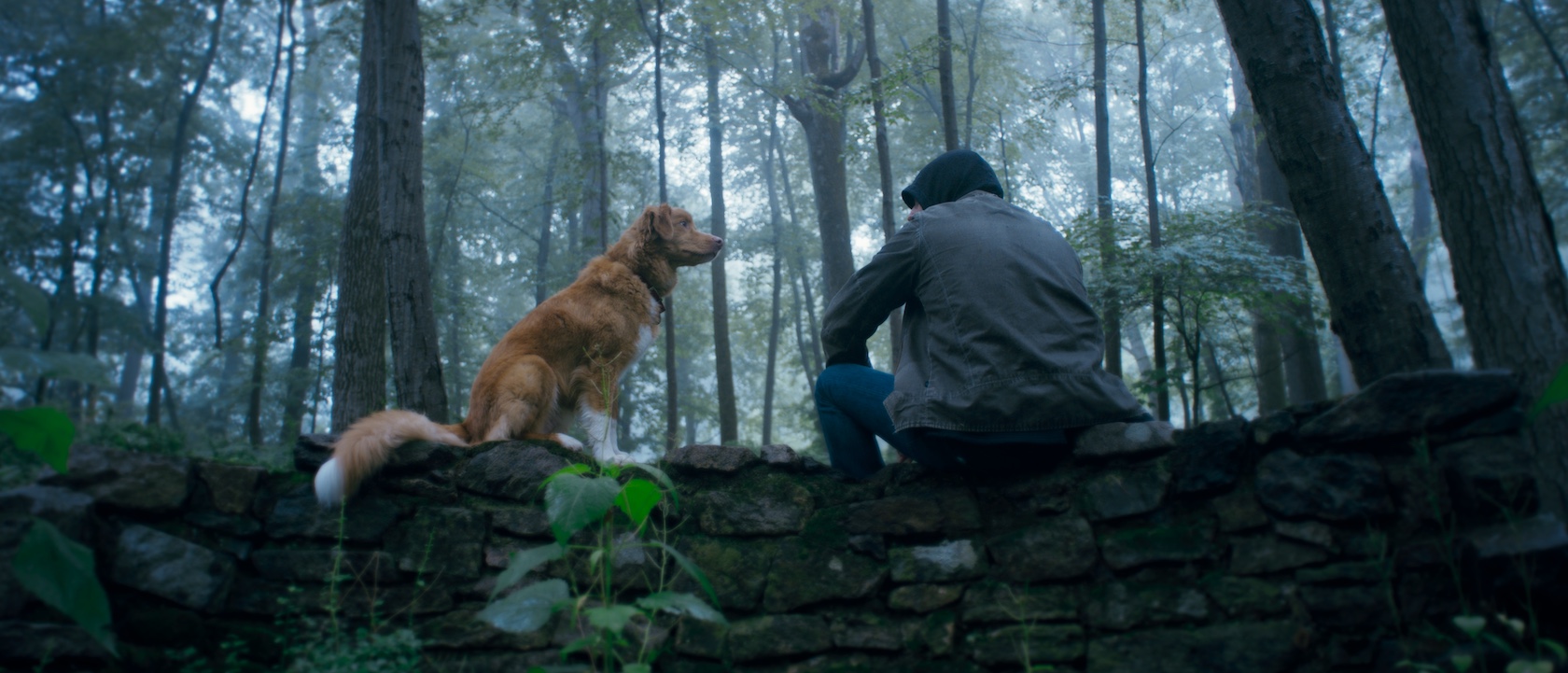
Good Boy Review: A Handmade Horror Film That’s A Tension-Filled, Yet Earnest Tribute To Man’s Best Friend
By Sarah El-Mahmoud published
An indie achievement that tells a haunted house story from a new perspective.
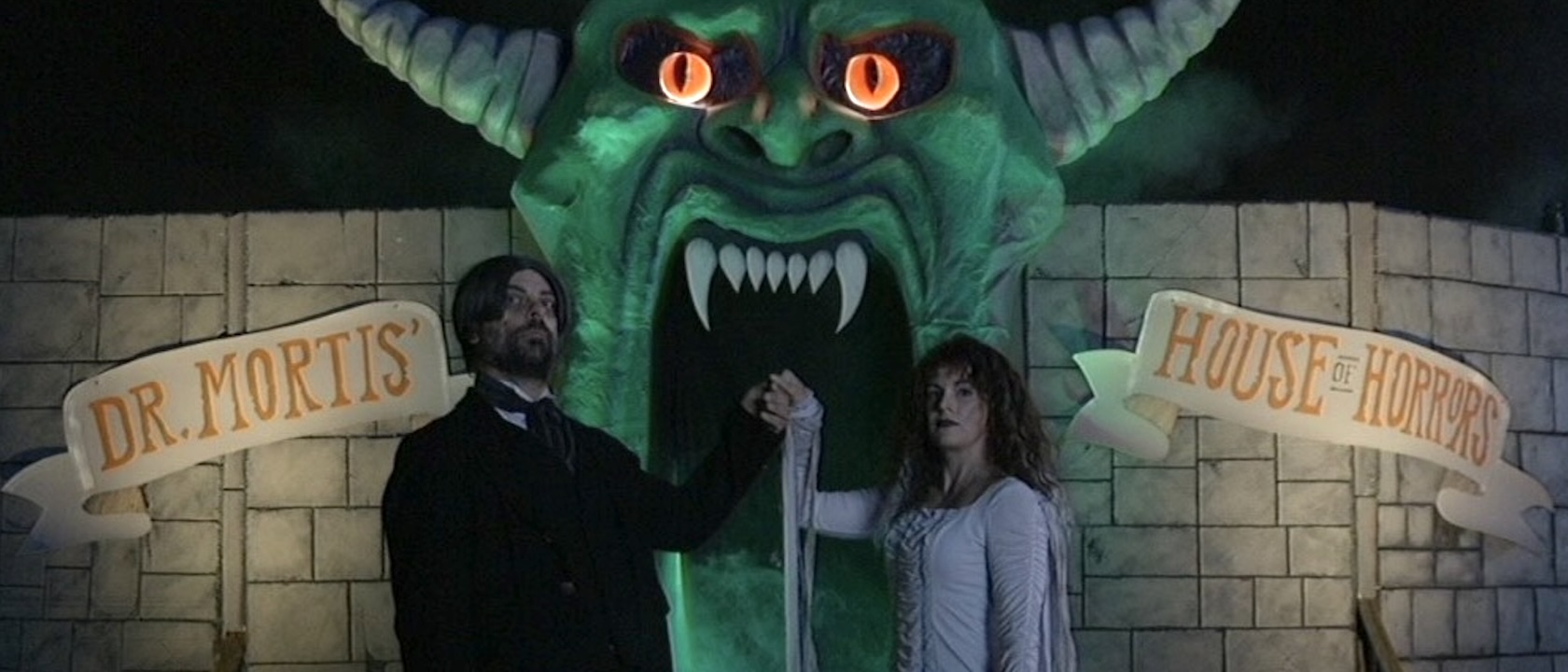
V/H/S/Halloween Review: This Franchise-Best Sequel Puts The Fun Back In Found-Footage Horror
By Nick Venable published
Something wicked this way comes. Six wicked things, actually.
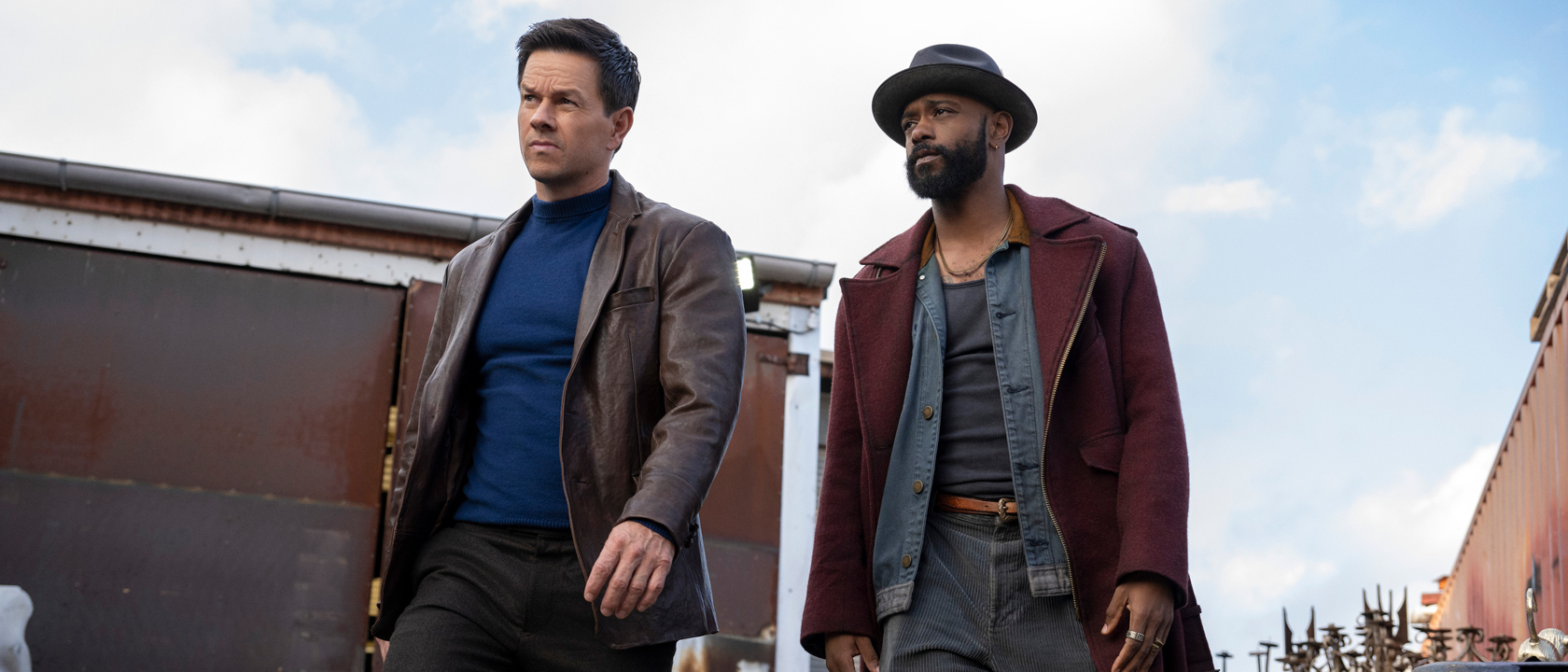
Prime Video’s Play Dirty Review: Shane Black Delivers A Busy But Slick And Fun Christmas Heist With The Return Of Parker
By Eric Eisenberg published
Shane Black brings Parker back to the screen.

One Battle After Another Review: One Of 2025's Best Movies Is Goofy And Badass In Equal Measure
By Eric Eisenberg published
An epic that is equally funny, dramatic and thrilling.
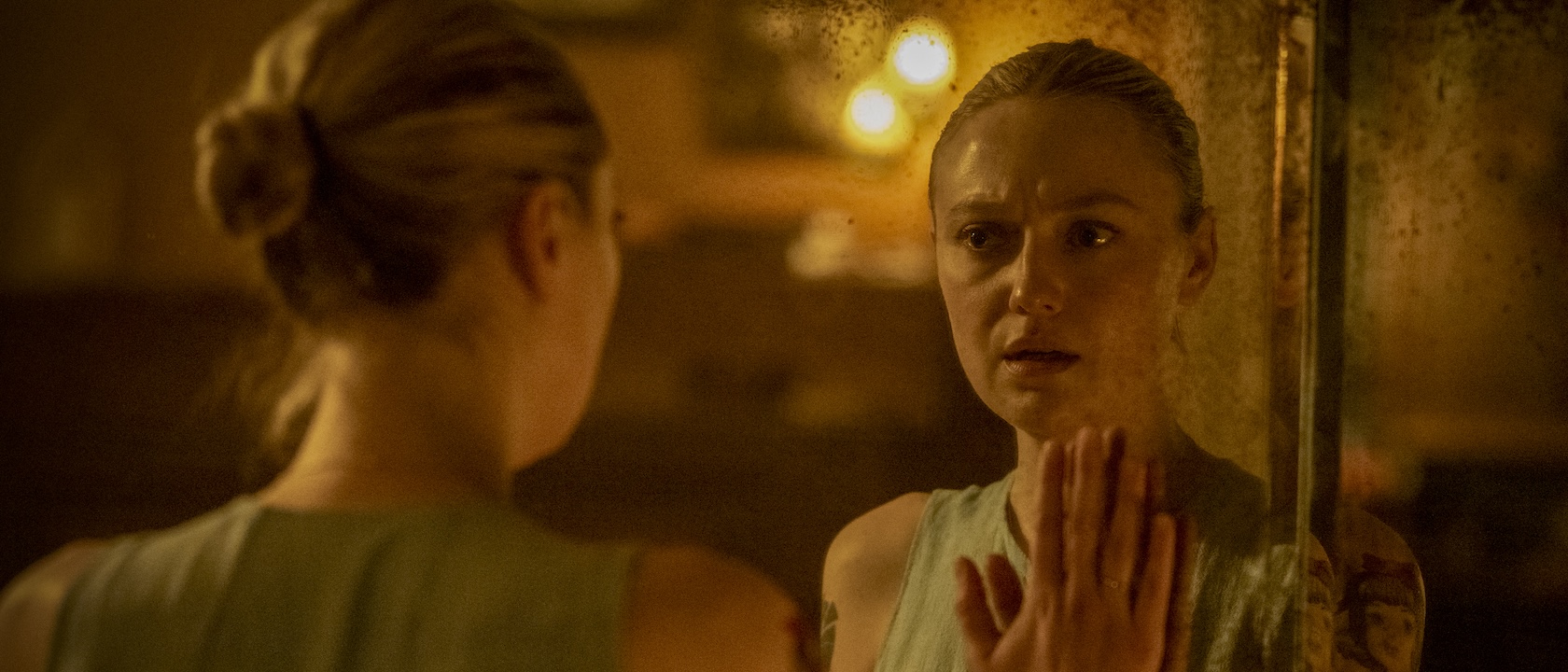
Vicious Review: Dakota Fanning And Cursed Mystery Boxes Combine For A Harrowing Good Time In My Book
By Nick Venable published
Just don't answer the door.
Your Daily Blend of Entertainment News


